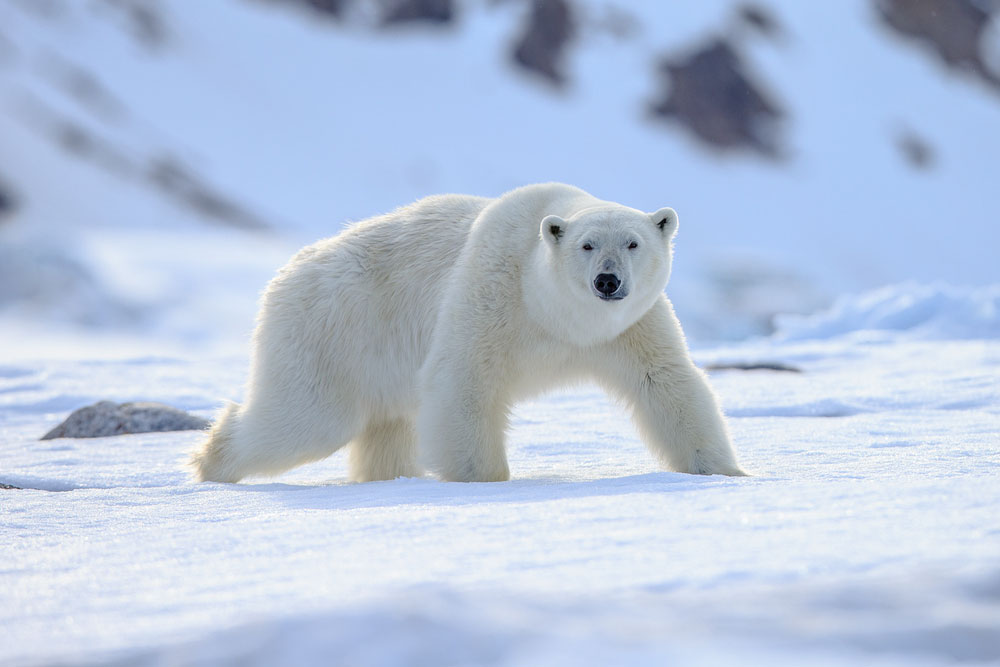We share the most interesting facts about Svalbard, collected on our expedition to ‘the last stop before the North Pole’
Svalbard is said to be Europe’s last great wilderness. This archipelago of ice, rock and permafrost lies midway between Norway and the North Pole and is accordingly untrammelled. Measuring 24,209 sq mi (62,700 sq km), Svalbard comprises nine main islands, chief among them Spitsbergen, home to the de facto capital, Longyearbyen. Very little grows in Svalbard and it’s shrouded in darkness for much of the year, making it one of the most hostile places on earth.
While ostensibly part of Norway, Svalbard operates as a separate entity with its own quirks and customs. Here, we share the most interesting facts about Svalbard, gathered on our 8-day expedition to the ‘last stop before the North Pole’.
Interesting facts about Svalbard
2. There are no trees in Svalbard
Due to the harsh conditions, there are no trees or tall shrubs in Svalbard. Less than 10% of the landmass has any vegetation and the plants that do grow there rarely exceed 10cm in height.
(Source: Dartmouth College)
3. Polar bears outnumber people in Svalbard
One of the most interesting facts about Svalbard is that polar bears outnumber people: 3,000 compared with 2,100. Sightings are most common on the islands east of Spitsbergen but polar bears can be encountered anywhere. There is, of course, no guarantee of a sighting and tour operators cannot offer ‘polar bear safaris’ or chase these endangered creatures.
(Source: Visit Svalbard, Visit Svalbard)
4. The town with the cleanest air in the world is in Svalbard
Ny-Ålesund in Svalbard has some of the cleanest air in the world. Located far from major sources of pollution, it offers an ideal place for scientists to monitor air quality and measure humanity’s impact on the planet.
(Source: BBC)
5. Longyearbyen is named after an American businessman
Longyearbyen means ‘the Longyear town’ but it’s not a reference to the passage of time – which can indeed feel long in the midst of the polar night. Rather, it’s named after American businessman John Munro Longyear who established Svalbard’s first coal mine.
(Source: BBC, Visit Svalbard)
6. Whaling devastated wildlife in Svalbard
The first humans arrived in Svalbard just over 400 years ago to hunt and whale. Rampant whaling…
Click Here to Read the Full Original Article at Atlas & Boots…
